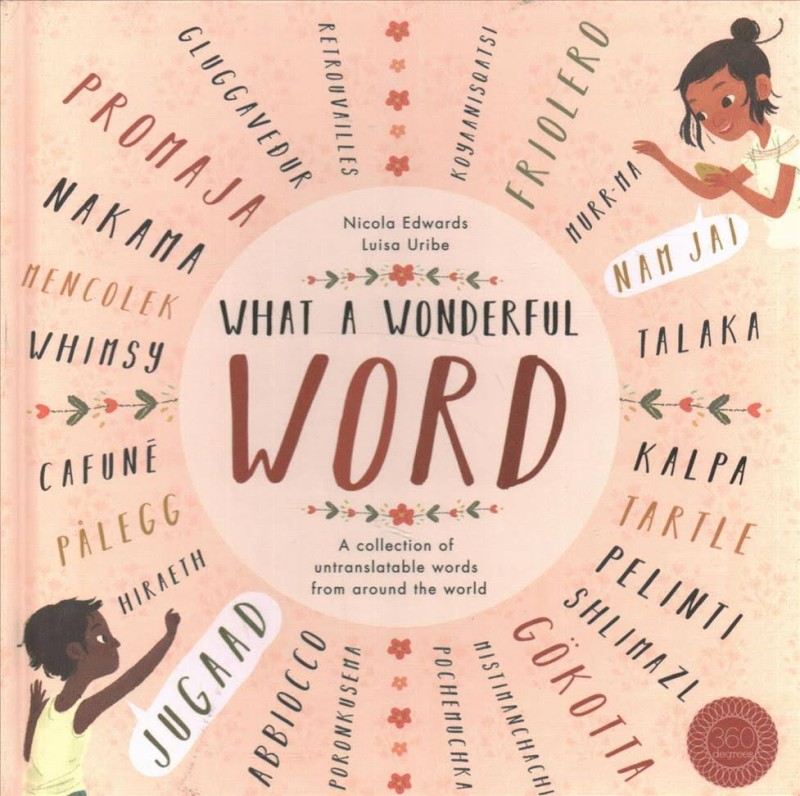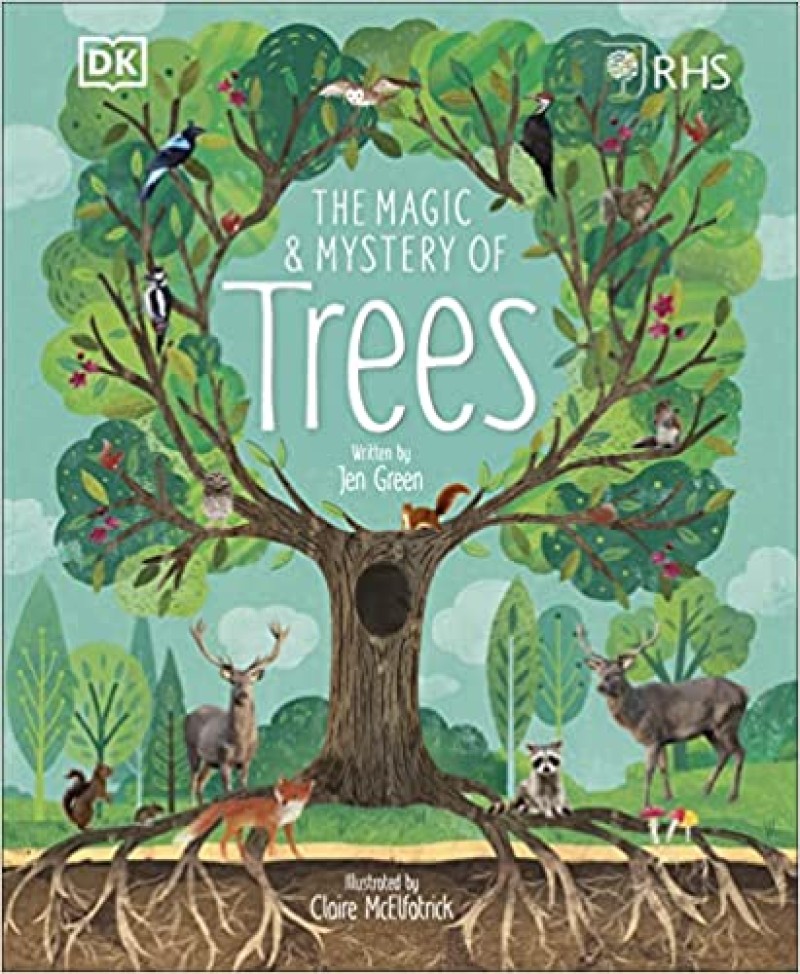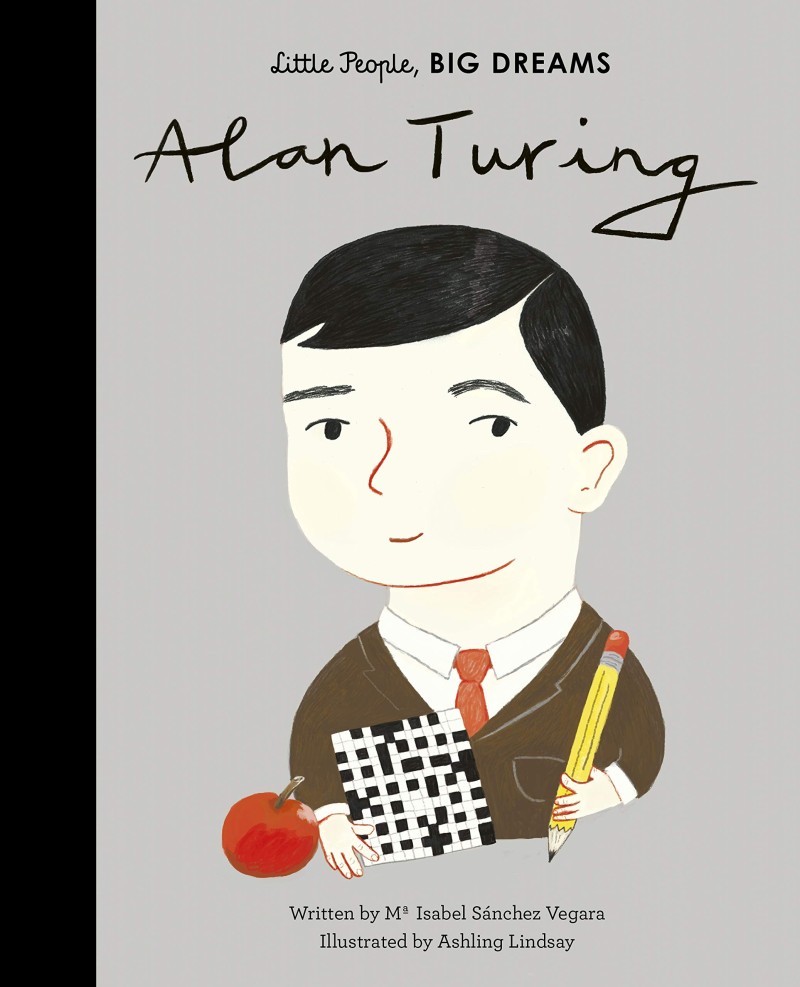Posted on: 16/11/2022
Here, at Literacy Tree, we adore non-fiction literature and strongly believe we are living in a golden age of non-fiction publishing. Many recently-published, non-fiction books are presenting information in engaging, innovative ways that are sure to open up new worlds for children, past and present.
Non-fiction not only opens new worlds for children but opens them to new ways of reading. Non-fiction texts do not have to be read from front to back but are designed to be picked through and explored. Children learn to follow their curiosity and burrow through a topic rather than chronologically following events. This entails a range of reading skills including: skimming and scanning, prioritising information, deciphering diagrams and summarising facts and opinions.
We are excited to be following The Federation of Children’s Book Groups’ annual National Non-Fiction November (NNFN). As you may well be aware, the theme this year is communication.
We’ve also enjoyed reading through their book list which has so many beautiful non-fiction books about language, etymology, signs and signals, codes and cyphers and visual/hearing impairment. It was great to see some books that we have reviewed in the past, What a Wonderful Word: A Collection of Untranslatables from Around the World by Nicola Edwards & Luisa Uribe and books that we have included in the Literary Curriculum, How Does a Lighthouse Work? by Roman Belyaev.


The FCGB is also running a competition (ending on December 5th) which is open to children aged 5 - 12. As they have stated, the competition is inspired by Andy Seed’s series ‘Interview with …’ published by Welbeck Children’s Books. To enter, children have to write an imagined Q&A interview with an animal or historical character of their choice.
In order to support this and do our bit for NNFN, we wanted to draw attention to some of the non-fiction books we have within the Literary Curriculum. These could be used to help children create their imagines Q&A interviews or to simply enjoy with the class as part of the month.
Would some of your children be interested in interviewing bears or frogs or perhaps creatures that live in trees? Three gorgeous books that quickly come to mind are The Magic and Mystery of Trees by Jen Green, The Book of Bears by Katie Viggers and Fanatical About Frogs by Owen Davey (in fact any book from the amazing Owen Davey animal series would work really well). If in UKS2, then we’d recommend using Can We Save the Tiger? by Martin Jenkins which explores facts about many different endangered animals.
Which historical characters would children in your class be interested in interviewing? If they are intrigued by personalities from ancient Egypt or the famous Howard Carter, then we’d recommend The Story of Tutankhamun by Patricia Cleveland-Peck. Are they intrigued by explorers? Then, perhaps Shackleton’s Journey by William Grill would be the book to choose? It may be interesting to interview historic figures involved in space exploration. We’d recommend Hidden Figures by Margot Lee Shetterly in that case where children can learn all about the struggles and triumphs of black mathematicians and engineers involved in NASA.
Whilst not part of the Literary Curriculum, two non-fiction series that would be great for this competition are the Little People, Big Dreams series by Frances Lincoln Children's Books and the I Was There… series by Scholastics. Both series will allow children to choose from a plethora of historical figures over a range of historical periods.

Wherever you are, we do hope you are having a great Non-fiction November and that you are finding engaging opportunities to enthuse children about various subjects. For more information about The Federation of Children’s Book Groups’ Non-Fiction November, including lots of great activity suggestions, follow this link.
Posted in: Book Lists | Curriculum